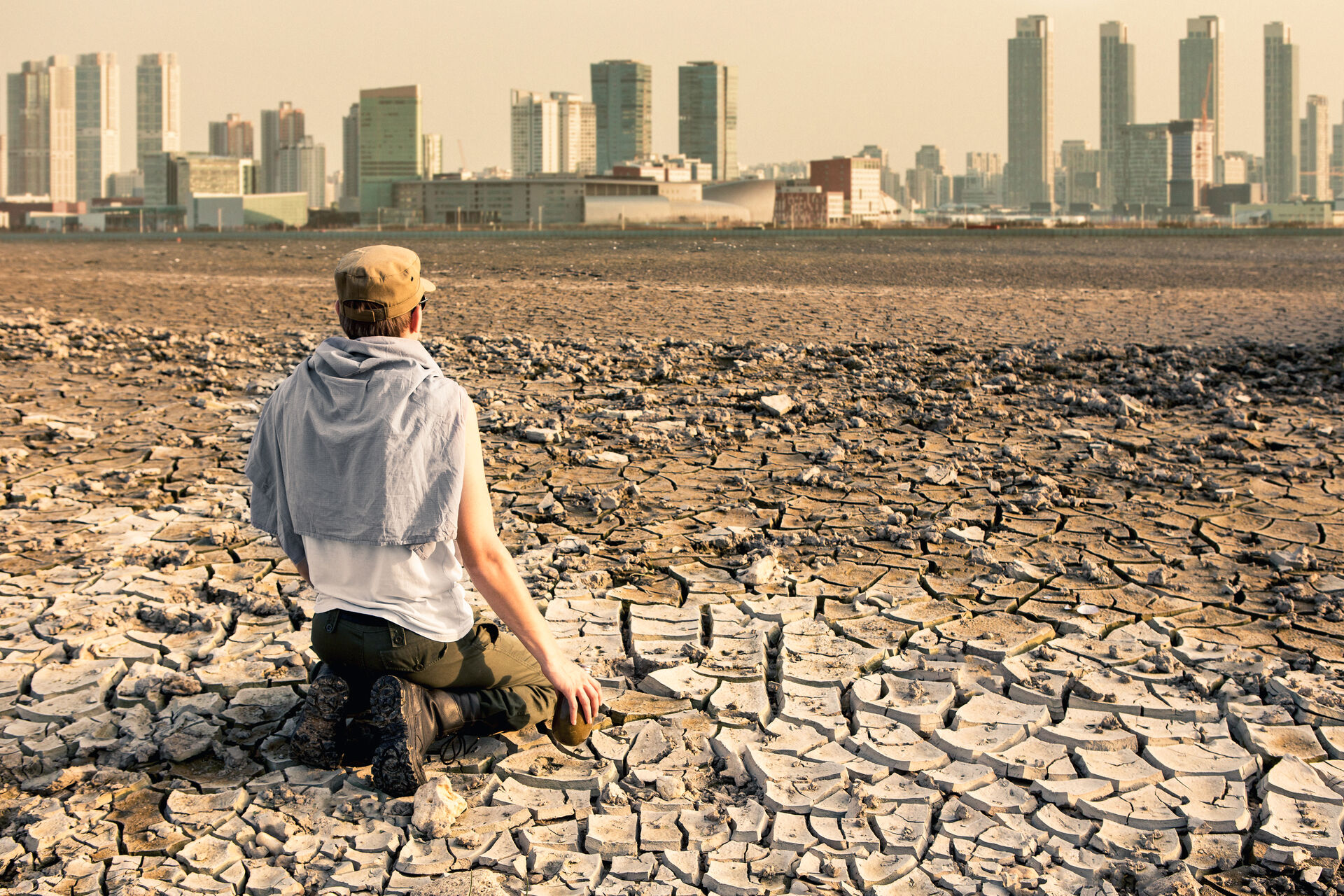So, greater stress is put on the system overall when there’s a shortage of that water. But the thing about putting stress on the system overall is that it just increases the chances of drought even more. The Center for Climate and Energy Solutions explains this is a positive feedback loop “where dry soils and diminished plant cover can further suppress rainfall in an already dry area.”
This process leads us to the final type of drought, which is also the one humans seem to feel the hardest — socioeconomic drought. This one affects the general public right in their wallets. The Union of Concerned Scientists put socioeconomic drought into perspective, claiming, “Drought ranks second in terms of national weather-related economic impacts, with annual losses nearing $9 billion per year in the U.S.” You’ve likely encountered the effects of socioeconomic drought at your local supermarket and not even known it. Socioeconomic drought is often the culprit of increased food prices when drought has limited the supply of a product and that supply is greatly outstripped by the demand. To sum it up, when a shortage of water leads to a shortage of crops or other products, that is a socioeconomic drought.
Preventing drought
Much like the flu, no matter what strain, drought always portends painful times. But unlike the flu, individuals don’t have to just curl up on their couches and wait for a drought to pass.
Reduce your indoor water use and purchase water efficient household appliances, like a low flow toilet. Consider xeriscaping your yard to make it prime for drought conditions instead of planting grass or other thirsty vegetation. Maybe even look into getting a rainwater recycling system. They not only lower your monthly water bill, but they’ll also allow you and your family to be more efficient in your water use.



